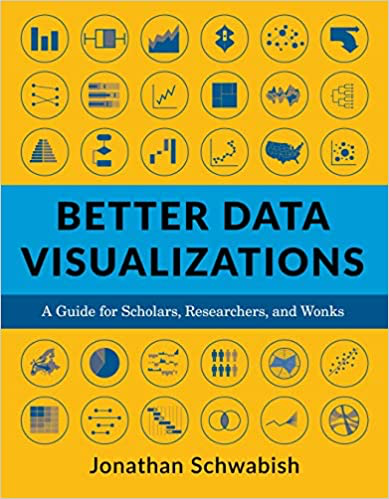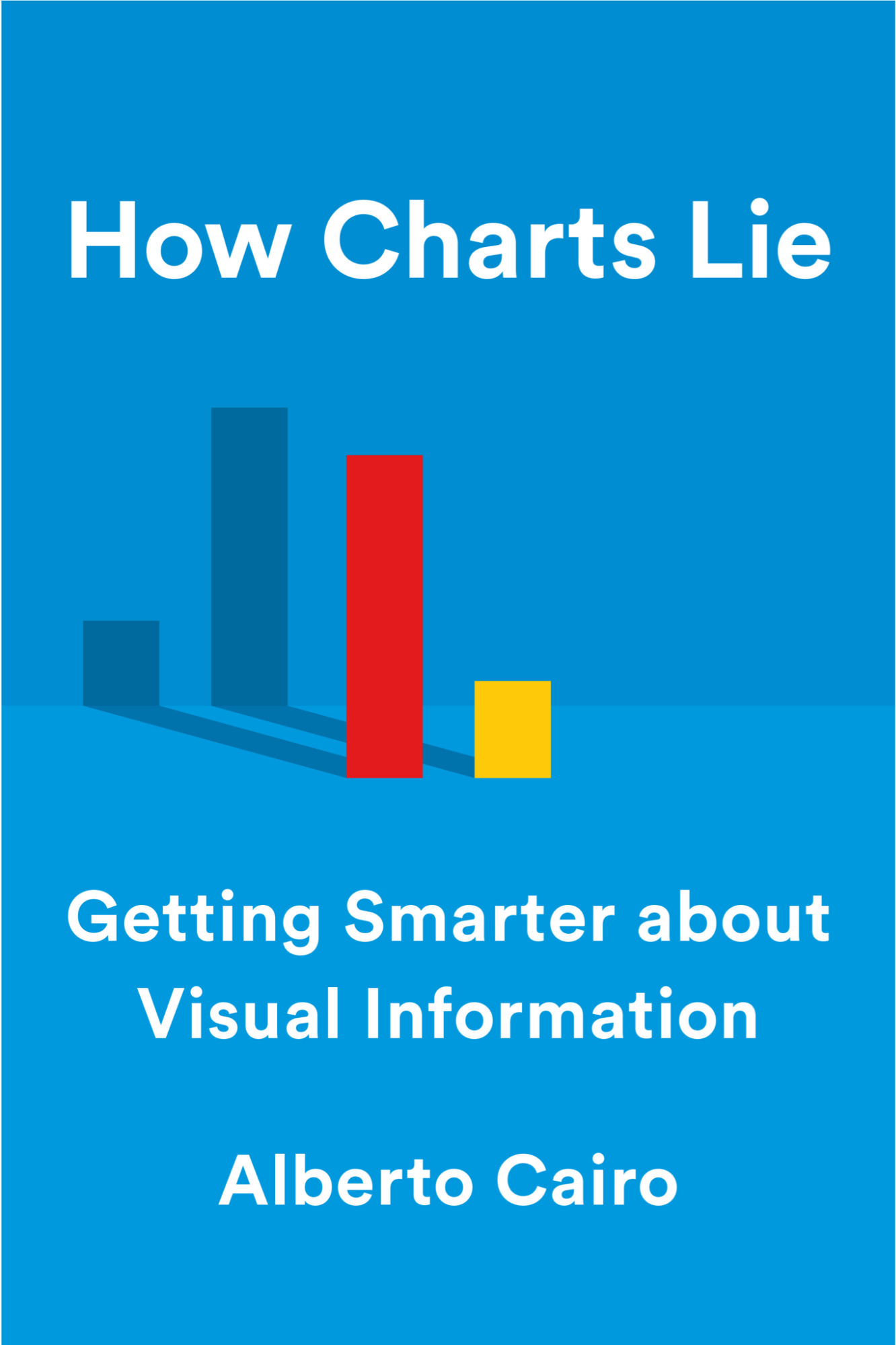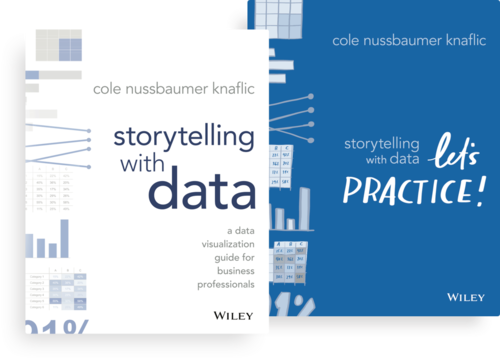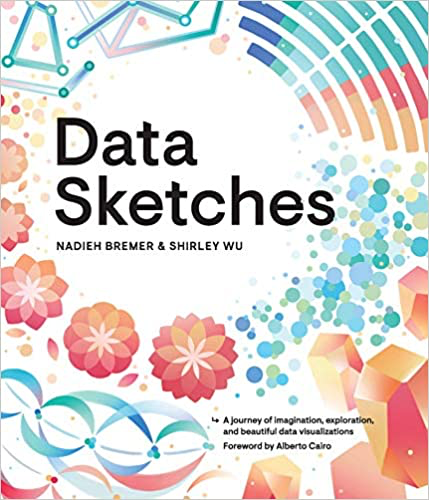5 must-read books on data visualization
A selection of books on data visualization and its trends.
Available in:

By Sasha Muñoz-Vergara. Published: July 29, 2021.
Online courses, webinars, and in-person classes are not the only way to learn the keys to data visualization. A book can be instrumental in understanding what has worked for others and the recommended steps to follow to achieve good data visualization.
“Data visualization is the graphical representation of information and data. Using visual elements such as charts, graphs, and maps, data visualization tools provide an accessible way to see and understand trends, outliers, and patterns in data. In the world of big data, data visualization tools and technologies are essential for analyzing large amounts of information and making data-driven decisions,” says this definition from Tableau.
That’s why we encourage you to spend time reading through these books. Don’t forget the other tools to improve your data visualization skills that we have for you.
1. Better Data Visualizations: A Guide for Scholars, Researchers, and Wonks by Jonathan Schwbish (EN)
The book, published in 2021, features a variety of visualizations (over 500 examples). The book is organized into three sections: With a brief introduction on data visualization best practices; second, with chart types and an in-depth discussion on why and when each works, all with examples; and the final section, which explores the design and provides guidance for developing and using a data visualization style guide.
The author also features the YouTube series One Chart at a Time.

2. How Charts Lie: Getting Smarter about Visual Information de Alberto Cairo (EN)
The author works in data journalism and is dedicated to ensuring that data visualizations are done objectively and do not distort or misrepresent the data. Cairo has experience and knowledge of poor visualization choices in the media, leading to misinterpretation of data.
It’s a book, published in 2020, that talks about how data can be visualized misleadingly, and for practitioners, what to avoid so you don’t get criticized for visualizing something in a way you didn’t intend to.

3. Storytelling with Data: A Data Visualization Guide for Business Professionals by Cole Nussbaumer Knaflic
We had already talked about this book published in 2015 in our article Storytelling with data.
In the author’s words, “The book focuses on making graphics that make sense in the business world and integrating them into compelling stories that inspire action. They modify and expand on the lessons we teach in our workshops, sharing practical tips and strategies you can use in your next report or presentation.”
It’s a relatively quick read that allows you to immediately appreciate the power of the lessons, demonstrated through real-world examples. Once you’ve read it cover to cover, it can serve as a great desktop resource for those doing graphics and presentations.

4. Data Sketches: A Journey of Imagination, Exploration, and Beautiful Data Visualizations by Nadieh Bremer and Shirley Wu
Data Sketches, published in early 2021, discusses the creative process behind 24 unique data visualization projects and combines it with powerful technical insights that reveal the mindset behind creative coding. Exploring around 12 different themes, from the Olympics to presidents and royalty, and from movies to myths and legends, each pair of visualizations explores other technologies and forms, narrowing the boundary between visualization as an exploratory tool and as an art form in its own right. It also includes detailed information on collecting data, sketching, and coding data visualizations for the web, with screenshots of works in progress and reproductions of the authors' notebooks, with beginner-friendly explanations of the basics of data visualization.

5. History of Information Graphics de Sandra Rendgen y Ed. Julius Wiedemann (EN)
This book, published in 2019, is a must-read for those with interest in learning about the evolution of visual communication design. The chapters are divided by location, time, category, and hierarchy, and each page has gigantic examples. The book is helpful for inspiration and getting a sense of how others have solved specific similar visualization problems.
With some 400 fundamental pieces of infographic history that, among other fields, cover technology, cartography, and zoology, this is an outstanding reference work that will delight designers, history buffs, and anyone else with a thirst for knowledge.





